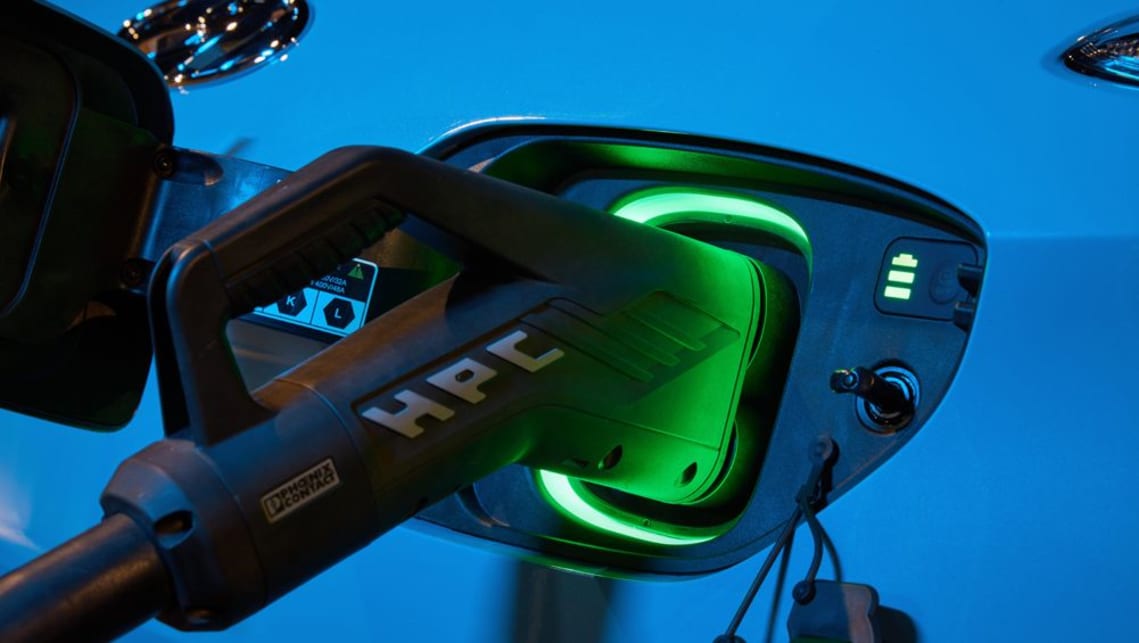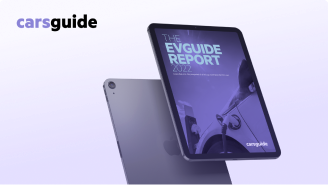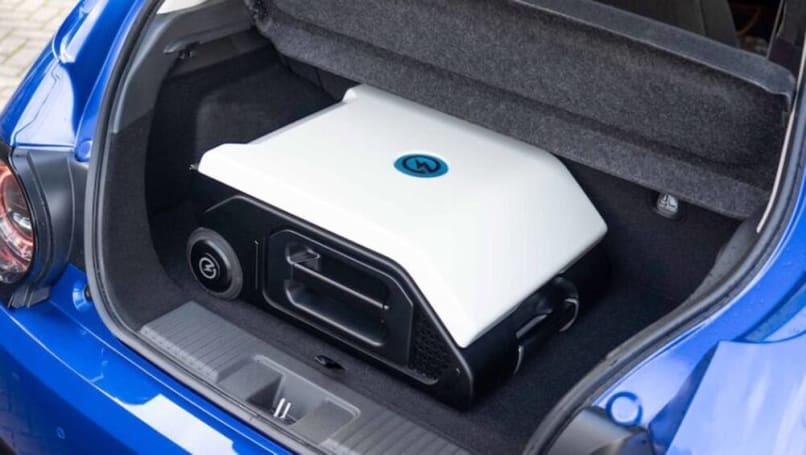
Portable EV chargers: Best options for your electric vehicle
- Electric Cars
- Hybrid Cars
- BMW
- Mercedes-Benz
- Tesla
- EV Advice
- BMW Advice
- Mercedes-Benz Advice
- Tesla Advice
- EV
- EVs
- Electric
- Electric Cars
- Hybrid
- Hybrid cars
- Plug-in hybrid
- Diesel

As we head towards an EV future, the concept of a portable EV charger becomes a fairly broad one.
At its most basic, the portable charger is the umbilical cord that comes with the car and is used to tap into either a domestic power point or a commercial fast charger.
EVs and PHEVs come with these fittings, so unless you frequently operate between two addresses, the factory-supplied charger is probably something you already have.
Read more about EVs
But if you want to go a step above the standard chargers supplied with many cars, the aftermarket has some choices including units that can cope with 32-amp power points and can cut charging time dramatically.
This type of unit is broadly known as a portable level 2 EV charger. Brands such as Mustart and Blink are heavily into this tech and have a range of portable 240V EV charger options to make the most of whatever power sources you find yourself with.
Like the wall-box type units that are optional from EV makers including Tesla, BMW, Mercedes-Benz and most others, these portable Level 2 chargers cut charging time, but unlike a wall-box, can be taken with you on your travels.


Download the EVGuide Report, 2022
Australia's one-stop snapshot of all things relating to electric cars.
But as EVs become more and more numerous, the portable charging industry has also broadened its horizons. Perhaps the most interesting recent development is from a UK-based company called ZipCharge which has developed a portable battery-pack that can rescue an EV stranded without any charge left in its batteries.
Essentially a portable power bank, the Go (as it will be branded) is about the size of a small suitcase, weighs around 23kg and can be charged in about an hour from a 10-amp household power point.
Once connected to the car in question, it can add somewhere between 30 and 60km of range within 30 to 60 minutes. It has obvious applications in roadside assistance as an emergency EV charger as well as offering a recharging solution for those who can’t park anywhere near a power supply. Pricing hasn’t been announced, but the Go is expected to be on sale in Europe in the first quarter of 2023.

While units like the ZipCharge Go are still very new and yet to be rolled out in great numbers, the other alternative for a stranded EV is a petrol or diesel-powered generator set.
An EV doesn’t really care from what source it derives its power, so any form of producing electricity can be used to recharge an electric car, provided all the plugs and connections are compatible. And for those who’ve chuckled at images on social media of an EV being recharged by a diesel generator somewhere in the outback, the prevailing theory is that the car would still make more efficient use of that diesel than if it was burning it in an internal combustion engine.
So what’s to stop you using a petrol or diesel generator as a range-extender in your EV (as some hybrids already do)? Fundamentally, it would be very dangerous to have a running ICE powered generator inside a car (or even strapped to the outside somehow) as well as the fact that most EVs are programmed to only accept charge when they’re stationary.
And what about solar? Is there a viable portable solar EV charger that can charge an EV? The short answer is not really.
There’s really no way to get the solar panels’ DC power into the EV at a rate that makes any sense. If there was, manufacturers would already be building EVs with solar panels instead of bodywork.
Many campers chasing best practice use a portable solar array to keep their camping gear charged up, but in terms of charging an EV’s driveline, we’re probably a way off yet.










Comments